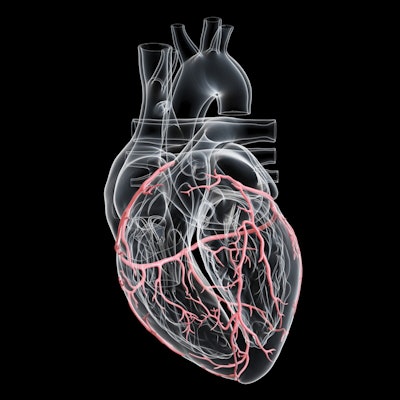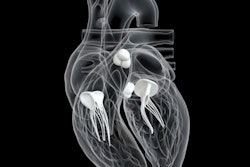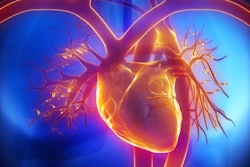
Do all patients with suspected acute aortic syndrome receive CT aortography for diagnosis of the condition? Perhaps not, according to a team of New Zealand investigators.
It appears that there are ethnic disparities when it comes to diagnosing the condition, wrote a group led by Dr. Sameer Bhat of the University of Auckland in New Zealand. The group's findings were published on 17 November in Radiology: Cardiothoracic Imaging.
"[Our study found that] Māori and Pacific Islanders were at disproportionately higher risk of acute aortic syndrome but had fewer requested CT aortographic examinations compared with other ethnic groups," the authors noted.
Acute aortic syndrome manifests in a variety of ways -- from acute aortic dissection, acute intramural hematoma, and penetrating aortic ulcer -- all of which are life-threatening, the authors explained. The syndrome is typically diagnosed via CT aortography, but this exam isn't necessarily accessible at every facility, the team wrote. Unfortunately, Māori and Pacific Islanders tend to be at higher risk for the condition at younger ages, due to family history of it and higher smoking prevalence, body mass, and cardiovascular risk factors.
Bhat and colleagues explored whether there are discrepancies among ethnic groups in New Zealand regarding CT aortography in patients suspected of acute aortic syndrome. The team conducted a study that included 1,543 patients who underwent 1,646 CT aortographic examinations between January 2009 and December 2019 at Auckland City Hospital. Patients were assessed for risk of the syndrome using the aortic dissection detection risk score (ADD-RS), which uses a points scale of low (0), intermediate (1), or high (2 to 3); the study's primary outcomes were the ratio of CT aortography rates to rates of positive CT aortographic exams and incidence of acute aortic syndrome.
Of the patient cohort, 34% identified as Māori and 35% as Pacific Islanders; these groups were more likely to be at high risk of acute aortic syndrome compared to other ethnic groups, with ADD-RS scores higher than 1.
But despite their higher risk, fewer CT aortographic exams were requested in the emergency department for Māori and Pacific Islander individuals compared to other ethnic groups, the investigators found.
| CT aortographic exams requested in the emergency department by ethnic group | |
| Ethnic group | Exam request per acute aortic syndrome diagnosis |
| Māori | 9.2 |
| Pacific Islander | 9.2 |
| Other | 13.8 |
The study results underscore the need for emergency physicians to tailor care for their Māori and Pacific Islander patients, according to the researchers.
"Clinicians should ... consider the increased risk of acute aortic syndrome in younger Māori and Pacific Islander patients when investigating suspected acute aortic syndrome with CT aortography in the emergency department," they urged.



















